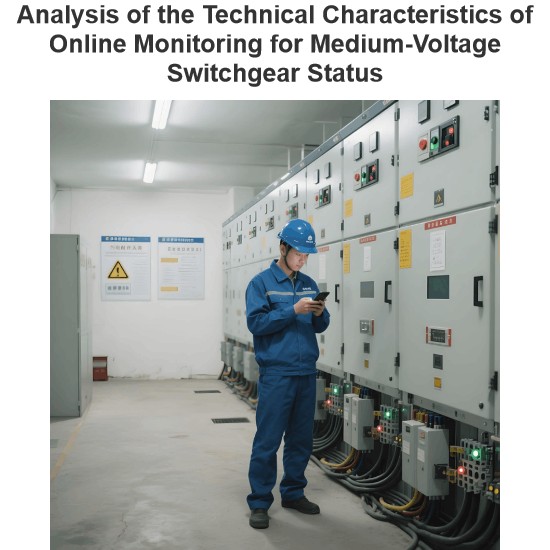The reason why fuses take longer to blow when the input power is higher than normal
When connected to a higher than normal input power supply (voltage), the fuse takes longer to blow, mainly for the following reasons:
The effect of current and voltage relationship
Ohm's law in action
According to Ohm's law (where is the current, is the voltage, is the resistance), in the case of constant circuit resistance, the voltage increase usually leads to an increase in the current. However, for some circuits containing inductors, capacitors and other components, the voltage increase does not necessarily lead to an immediate proportional increase in current.
For example, in a circuit containing inductors, when the voltage is suddenly increased, the inductor will create a reverse electromotive force to block the rapid change in current, making the current rise relatively slowly. This means that for a short period of time, although the voltage is increased, the current may not reach the blown current value of the fuse.
Influence of load characteristics
Different loads respond differently to voltage changes. Some loads have relatively stable current requirements, even if the input voltage increases, the increase in current is more limited. For example, the voltage regulator circuit in some electronic devices will maintain the stability of the output current within a certain range, even if the input voltage rises, it will not increase the current significantly.
For purely resistive loads, such as heaters, an increase in voltage will increase the current proportionally. However, in practice, many circuits are not pure resistive loads, so the effect of voltage rise on current is more complicated.
Factors in the fuse fuse mechanism
Heat accumulation process
A fuse is blown because the heat generated by the passing current exceeds the capacity of the fuse. When the input voltage is increased, although the current may increase, the heat accumulation time required for the fuse to blow will be longer.
Fuses are usually made of metal material with a low melting point, and when an electric current passes through it, heat is generated to raise the temperature of the fuse. A fuse will only blow if the temperature rises enough to melt it. The accumulation of heat is a time process, even if the current increases, it takes a certain amount of time to make the fuse reach the fuse temperature.
For example, a fuse rated for current, at normal operating voltage, may blow within a few seconds when the passing current is exceeded. But if the input voltage rises, assuming the current increases to the point where it may take tens of seconds or even longer to fuse due to the relatively slow heat accumulation rate.
Design characteristics of fuses
The design of fuses usually takes into account a certain overvoltage and overcurrent tolerance. In the case of a voltage rise within a certain range, the fuse will not be blown immediately, but can withstand overvoltage and overcurrent for a period of time to avoid misblowing due to instantaneous voltage fluctuations or brief overcurrent.
For example, some high-quality fuses may have a wide operating voltage range and better resistance to overvoltage, and can still maintain normal operation for a period of time when the input voltage is slightly higher than the normal voltage, without immediately blowing. This is to improve the reliability and stability of the circuit, to avoid frequent replacement of fuses.
The Electricity Encyclopedia is dedicated to accelerating the dissemination and application of electricity knowledge and adding impetus to the development and innovation of the electricity industry.













